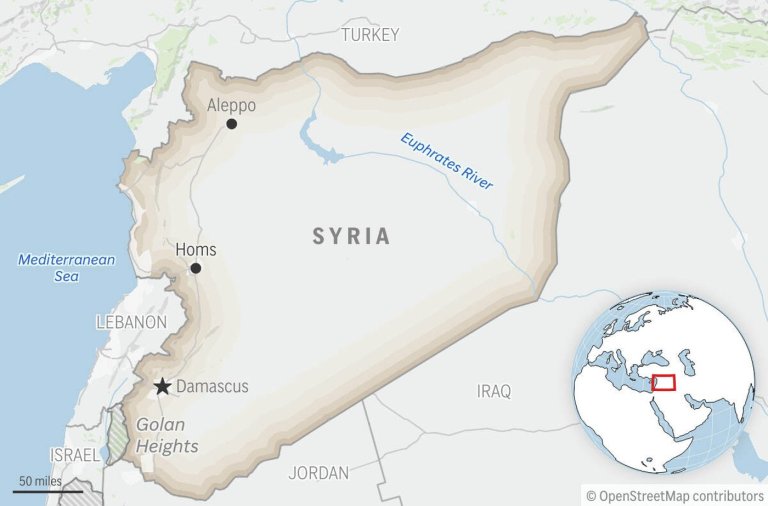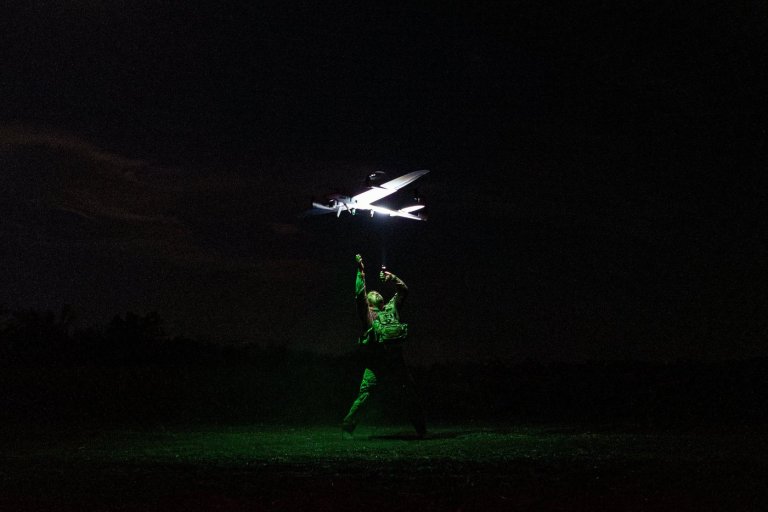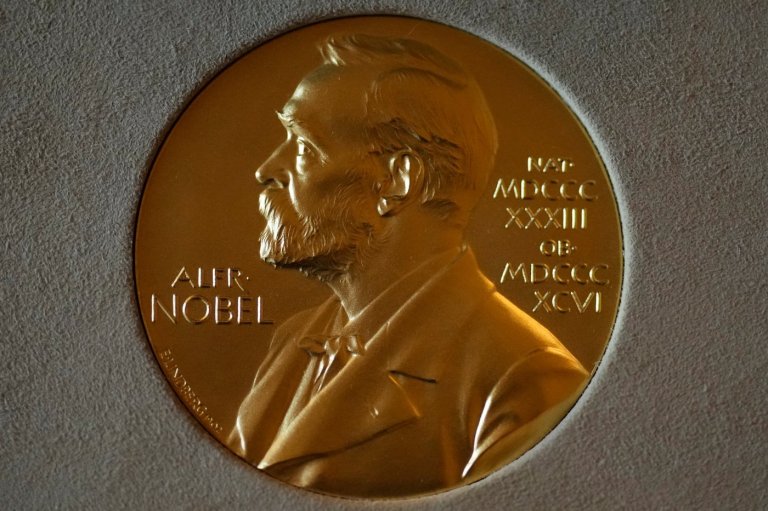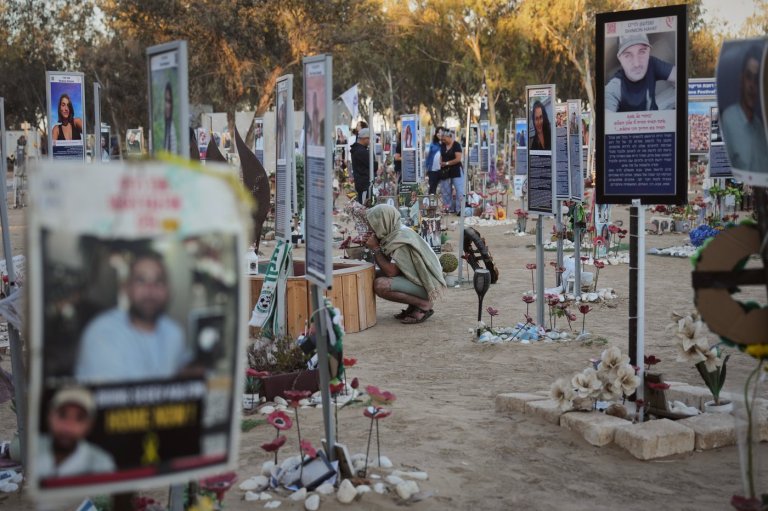
Ion Iliescu’s death exposes Romania’s deep divisions over his legacy as former leader laid to rest
BUCHAREST, Romania (AP) — On the day of Ion Iliescu’s funeral, the polarizing legacy of Romania’s first elected president after the fall of communism was laid bare. While many dignitaries paid their respects, others highlighted the oppression and bloodshed they say defined his political career.
A religious ceremony was held on Thursday in a church at the presidential Cotroceni Palace in Bucharest before Iliescu’s casket was transferred to a cemetery for a funeral procession with military honors. He died on Tuesday, aged 95, after a lung cancer diagnosis in June following years of ill health.
But as flags on official buildings flew at half-staff on Thursday, a national day of mourning, the former president’s passing exposed stark divisions over his role in Romania’s violent transition after 1989, from communist dictatorship to a free market economy and eventual membership of NATO and the European Union.
Iliescu’s passing triggers coalition spat
Many former leaders and officials paid tribute to Iliescu, in contrast to the Save Romania Union party, a governing coalition partner that opposed the day of national mourning and said party representatives would not attend the funeral, triggering a rift in the recently sworn-in government.
USR’s decision drew the ire of coalition partners from the Social Democratic Party, or PSD, which Iliescu founded and has been the most dominant party since the revolution.
“These are just shameful attacks from people who will never live up to the legacy left by the founding leader of the PSD,” Marcel Ciolacu, a former PSD leader and prime minister, said in a post on Facebook, adding that it “demonstrates only sick hatred and lack of decency.”
A notable absence from the funeral was Romania’s recently elected President Nicusor Dan, who founded the USR party in 2016, and sent a short statement after the former president’s death, stating that “history will judge Ion Iliescu.”
Legal battles mounted in later years
After largely retiring from public life in 2017, Iliescu’s later years were plagued by major legal battles, including charges of crimes against humanity over his alleged role in the bloodshed of the revolution and the violent suppression of civilian protesters in the early 1990s.
Iliescu, who served as a minister in the Communist government but was sidelined in 1971, held de facto military authority during the anti-communist revolt. He assumed power after Communist dictator Nicolae Ceausescu and his wife Elena were executed by firing squad on Dec. 25, 1989.
More than 1,100 people died during the revolution, 862 of them after Iliescu had seized power. He denied any wrongdoing. In 2018, military prosecutors charged Iliescu with crimes against humanity for failing to prevent “numerous situations” in which civilians were needlessly killed during the revolution.
At the time of his death, he had never been convicted, and the case remained open.
In January this year, Iliescu’s legal woes mounted when prosecutors charged him with crimes against humanity in a second case. Prosecutors allege he implemented policies that led to a violent crackdown on civilian protesters in Bucharest in 1990, who were demanding the removal of former communists from power.
Iliescu had called on coal miners from the Jiu Valley to “restore order” in the capital. At least four people were killed.
Some are mourning victims of transition years
A demonstration organized in Bucharest later on Thursday by the civic activist group “Corruption Kills,” which opposed the national day of mourning, stated Iliescu’s passing should serve as “a moment of critical reflection and remembrance” of the victims of violent repression under his leadership.
“We will do some mourning … but we will do it for the victims, not for the oppressor, not for the killer,” Florin Badita-Nistor, the group’s founder, told The Associated Press.
Twice re-elected, in 1992 and 2000, Iliescu was a central figure in the country’s transition years and its shift westward during his last tenure, which paved the way to membership of NATO and the EU.
In recent years, Iliescu’s health declined. In 2019, he underwent heart surgery and spent nearly two months in hospital before his death, during which he received the lung cancer diagnosis.
—
Stephen McGrath reported from Leamington Spa, U.K.
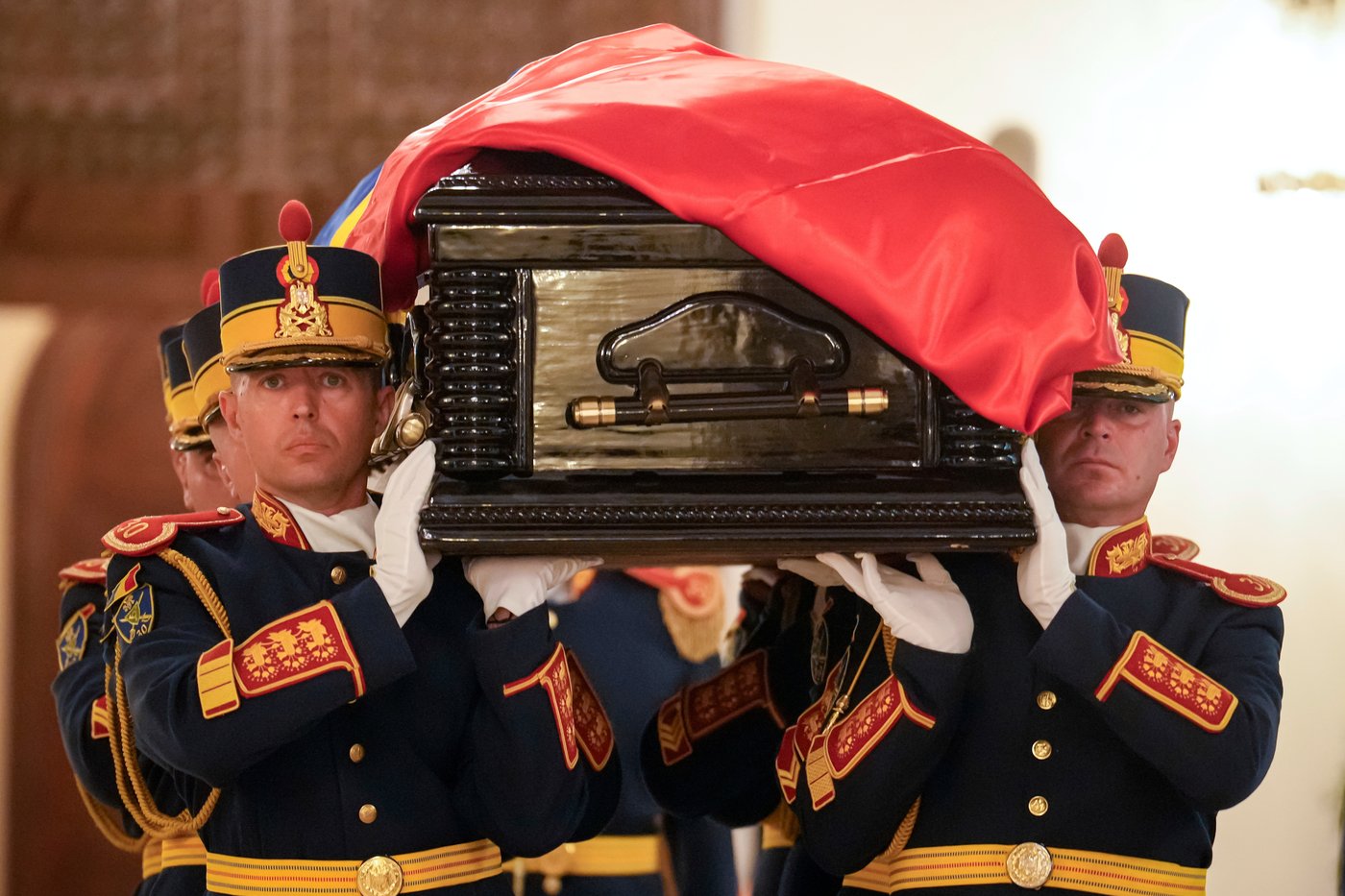
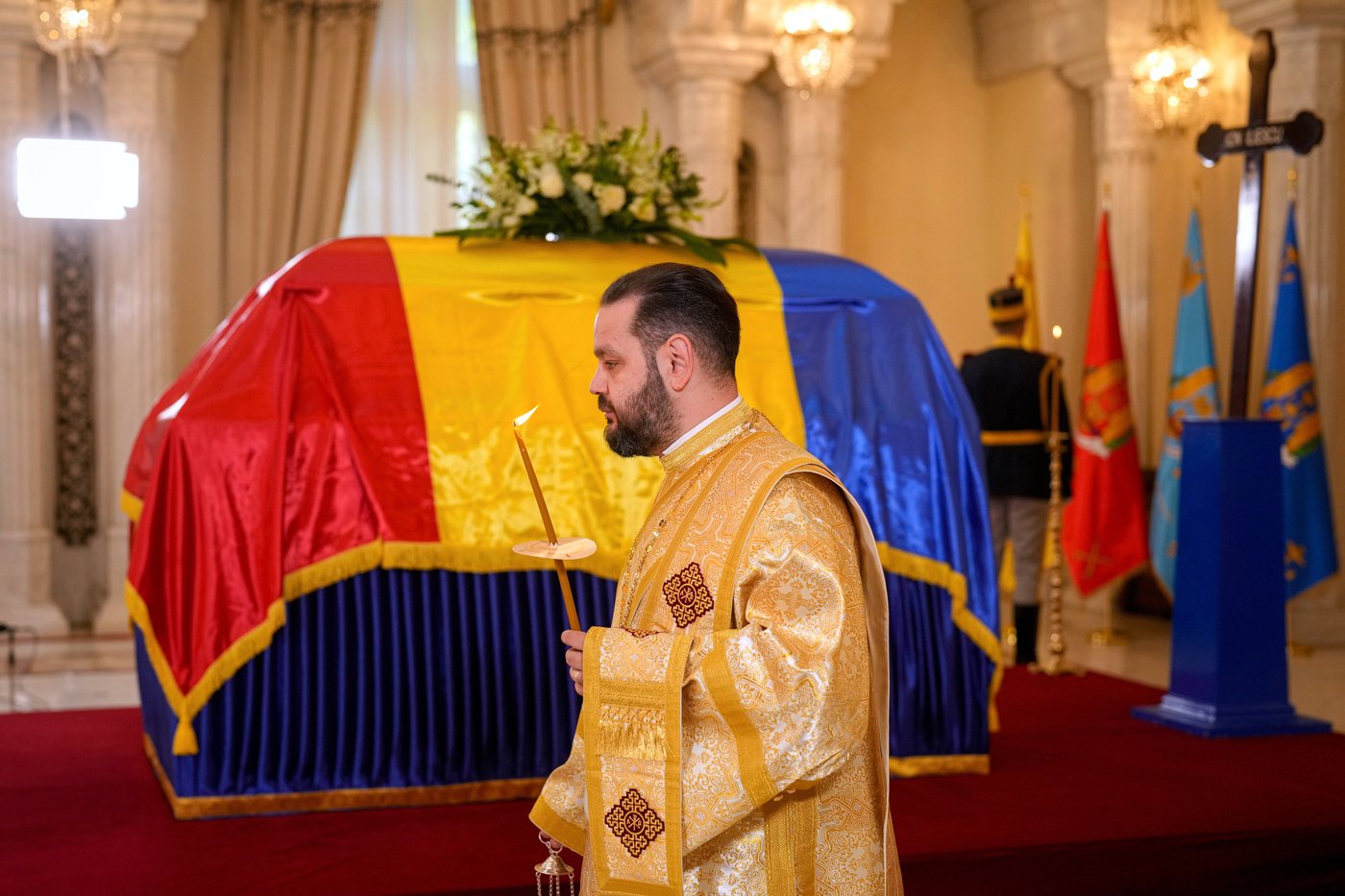
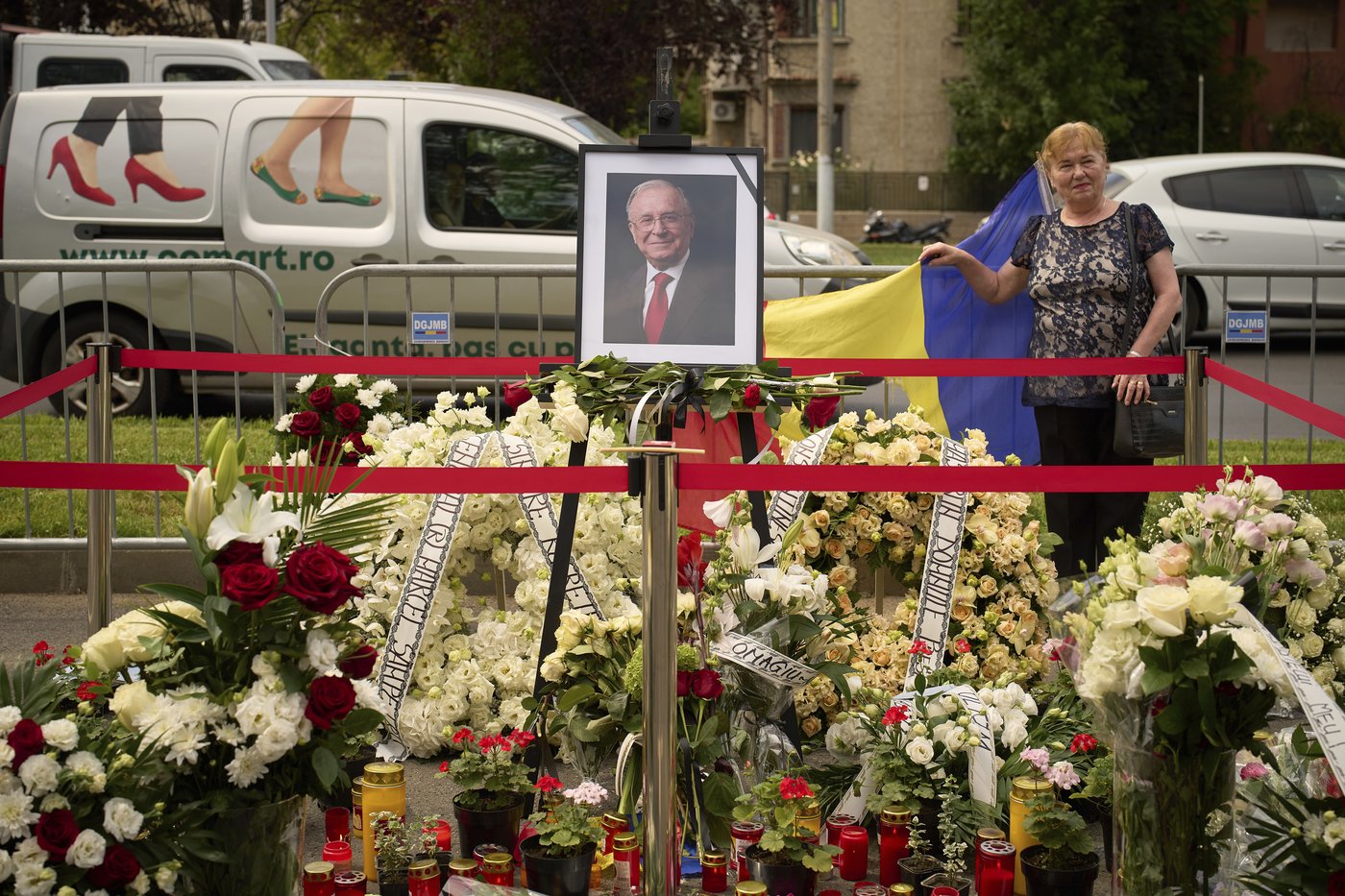
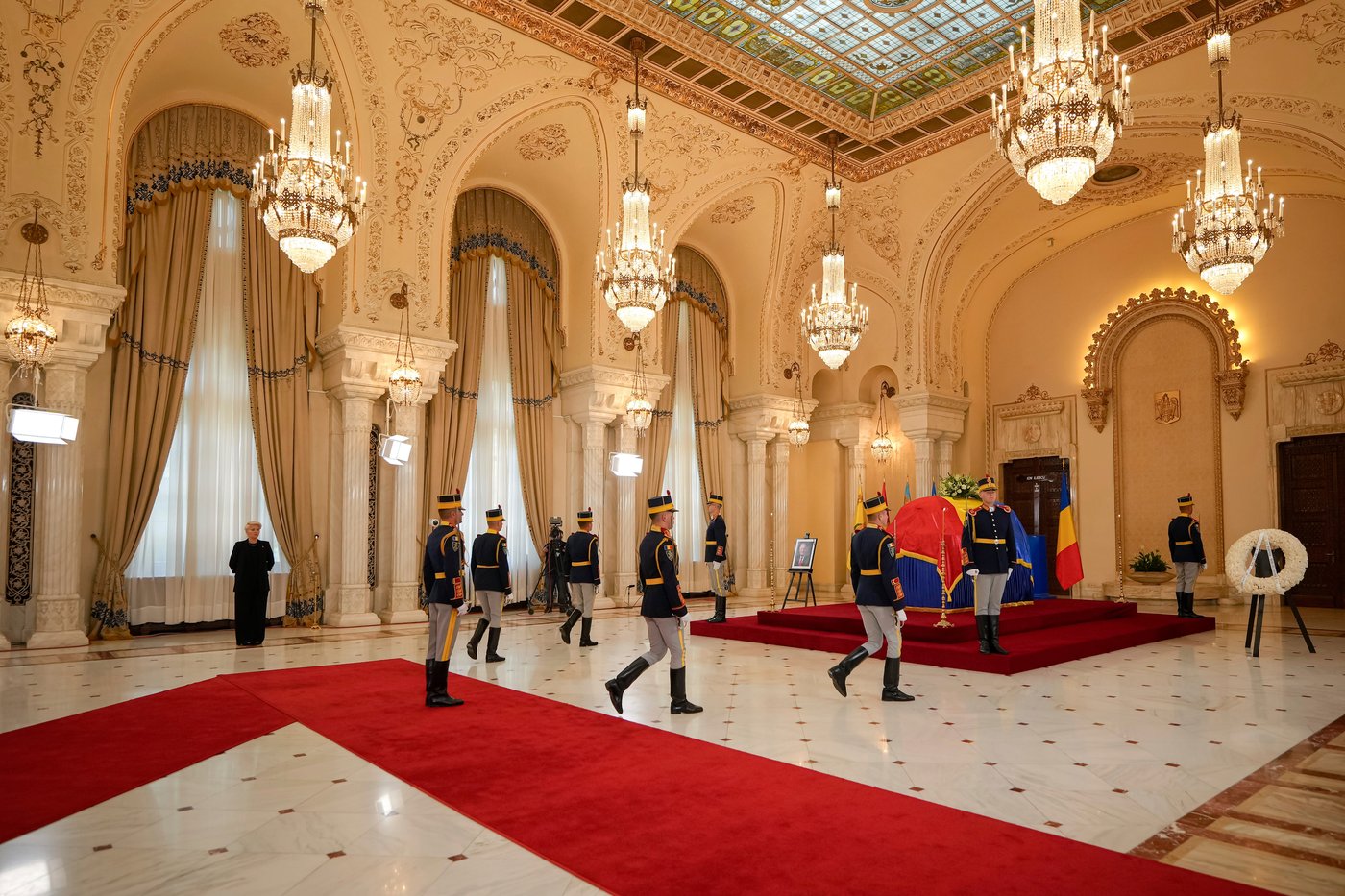
Join the Conversation!
Want to share your thoughts, add context, or connect with others in your community?
You must be logged in to post a comment.













